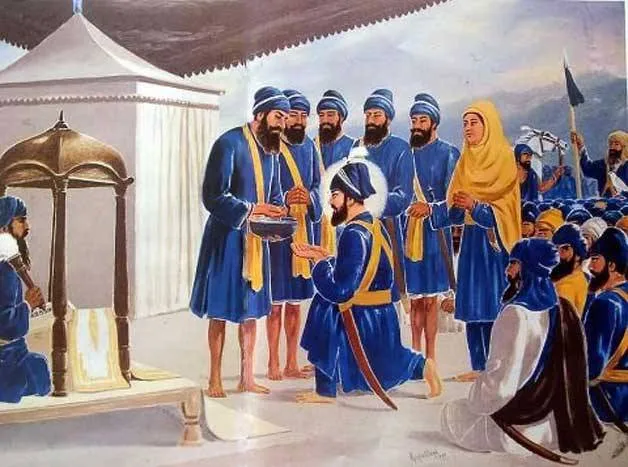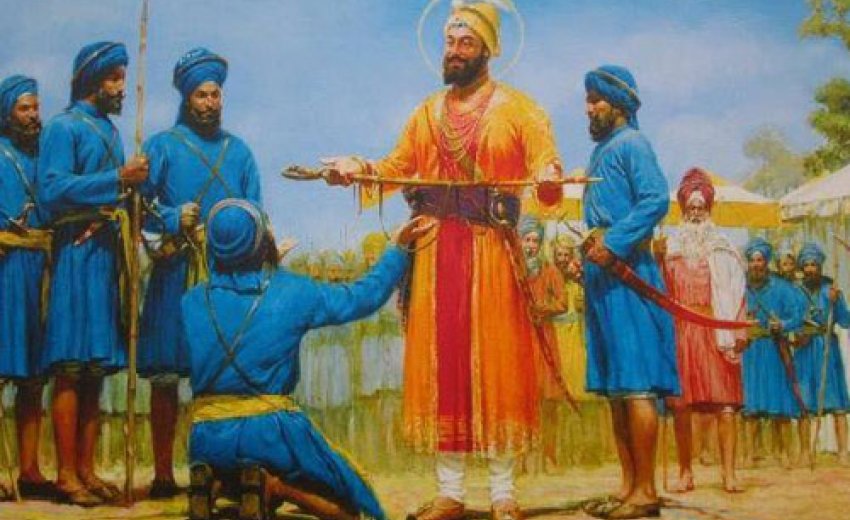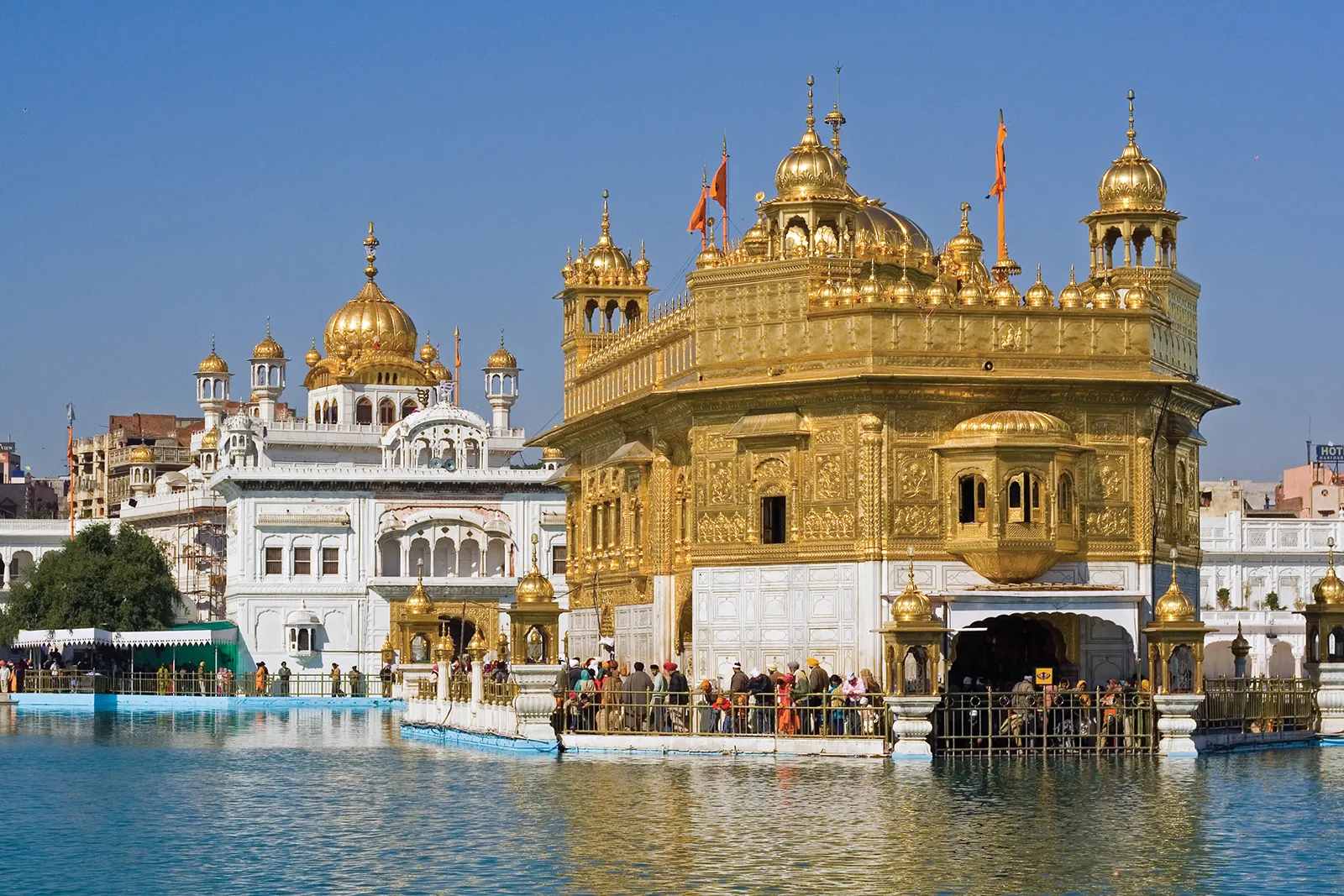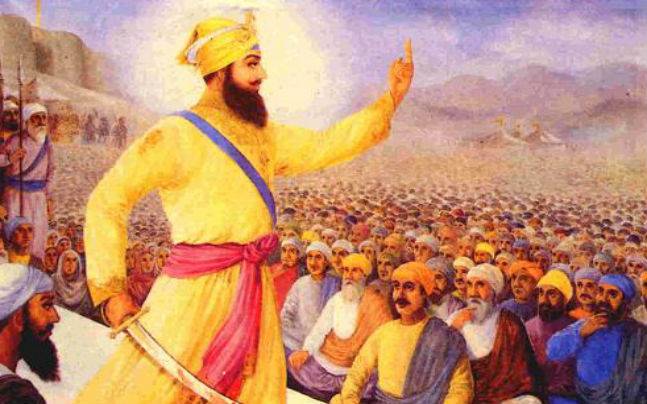

The Heart of Spring: Understanding the Significance of Vaisakhi

As the vibrant colors of spring emerge, communities across India—and especially among Sikhs worldwide—gather to celebrate Vaisakhi. This festival is much more than a harvest event; it’s a soulful reminder of renewal, commitment, and the rich tapestry of history that has shaped Sikhism. In this blog post, we explore the significance of Vaisakhi, delve into the ways it is celebrated, and trace its historical roots.
What Is Vaisakhi and Why Do We Celebrate It?
At its core, Vaisakhi marks the celebration of a new beginning. Traditionally, it is the harvest festival in Punjab, symbolizing the end of winter and the start of a new agricultural season. But for many, especially in the Sikh community, Vaisakhi holds a profound spiritual significance.
- Spiritual Renewal: Vaisakhi marks the Sikh New Year—a time to reflect on spiritual growth, set new intentions, and renew one’s commitment to the values of truth, equality, and service. It’s a moment to leave behind past challenges and embrace hope and positivity for the future.
- Cultural Pride and Community Unity: This day is a celebration of Sikh identity and community. It offers a chance for Sikhs around the world to come together in unity, celebrate their shared heritage, and spread messages of love and resilience.
- Harvest Celebration: Beyond its religious dimensions, Vaisakhi is rooted in the agrarian traditions of Punjab. Farmers celebrate the bounty of the harvest, expressing gratitude for nature’s gifts while marking the end of a long winter with joyful festivities.
How Is Vaisakhi Celebrated?
Across the globe, the air on Vaisakhi is filled with a blend of spiritual fervor, traditional rituals, and exuberant celebrations. Here’s how the spirit of Vaisakhi typically comes to life:
- Prayers and Processions: Early in the morning, Sikhs gather at Gurdwaras (places of worship) to participate in the sacred prayer service known as kirtan. This collective devotion sets a harmonious tone for the day. In many places, processions called Nagar Kirtans take to the streets, where community members march together, singing hymns and sharing inspiring messages.
- Festive Feasts and Community Service: A defining element of Vaisakhi is Langar, the communal meal served at Gurdwaras. This tradition, rooted in Sikh values of equality and service, reinforces the message that everyone, regardless of background, is welcome. Families and friends also come together to share festive meals and exchange stories.
- Cultural Performances: The day is enriched with vibrant cultural displays—folk dances such as Bhangra and Giddha, traditional music, and local fairs. These performances reflect the region’s deep connection to its agricultural heritage and add a festive charm to the celebrations.
- Colorful Decorations: Streets, homes, and Gurdwaras are adorned with colorful decorations. The bright hues symbolize the arrival of spring and the promise of new beginnings, creating a warm, welcoming atmosphere for all who participate.
The History Behind Vaisakhi
Understanding the historical context of Vaisakhi provides a deeper appreciation for its enduring impact on Sikhism and beyond.
- A Turning Point in Sikh History: While Vaisakhi has long been celebrated as a harvest festival, its significance took on a transformative role in 1699. It was on this historic day that Guru Gobind Singh Ji, the tenth Sikh Guru, founded the Khalsa—the collective body of initiated Sikhs. This marked the beginning of a new era, emphasizing courage, equality, and the readiness to defend righteousness.
- The Birth of the Khalsa: Guru Gobind Singh Ji’s establishment of the Khalsa redefined the Sikh identity. Initiates received the sacred name “Singh” or “Kaur,” symbolizing strength and unity. The rituals and codes of conduct instituted at this time continue to guide the lives of Sikhs, reinforcing the community’s collective spirit and moral values.
- Beyond Religious Boundaries: The message of the Khalsa, borne on that day in 1699, transcends religious boundaries. It is a call for justice, human dignity, and selfless service that resonates with people around the world. Vaisakhi thus stands as a reminder of the power of community and the importance of standing firm in one’s beliefs.
Embracing the Spirit of Vaisakhi Today
Vaisakhi is a celebration that bridges the past and the present. Whether you’re witnessing the ceremonial processions, joining hands for a communal meal, or simply reflecting on the virtues of courage and selflessness, the festival offers something deeply personal for everyone.
As we celebrate this vibrant day, we are reminded that every end heralds a new beginning—an opportunity to grow, to serve, and to cherish the values that define us. Let the spirit of Vaisakhi inspire you to embrace life with renewed passion and commitment, to appreciate nature’s abundant gifts, and to honor a legacy that has shaped generations.
Happy Vaisakhi—may this day bring joy, prosperity, and a renewed sense of unity to all!



